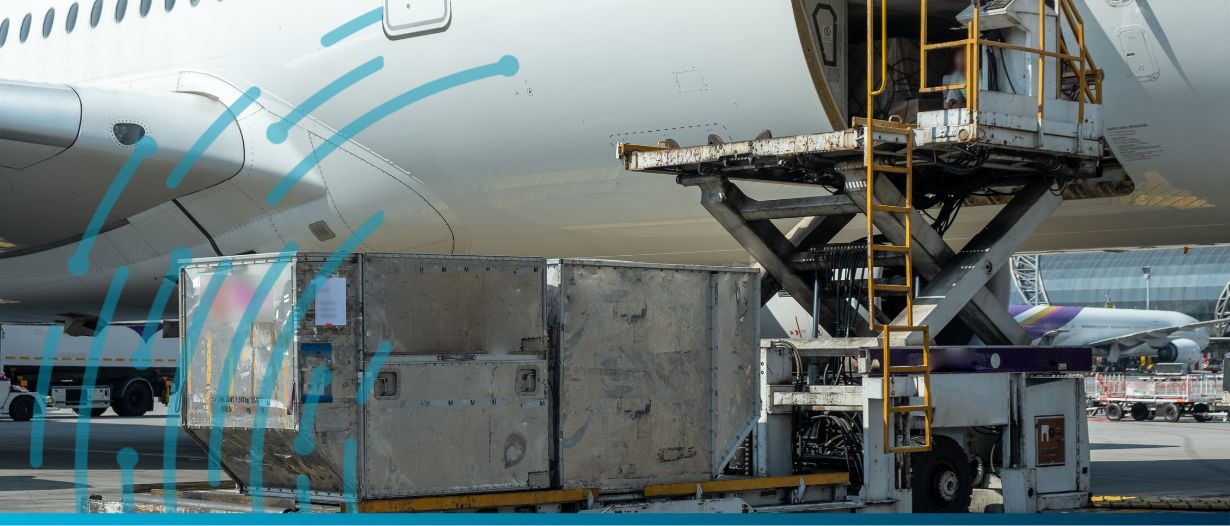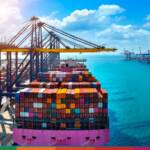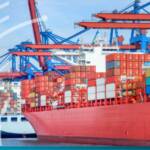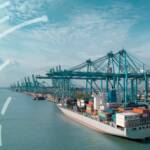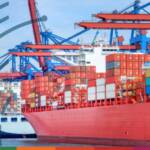Estimated reading time: 5 minutes
Over the past five years, the logistics industry experienced an explosion of new market entrants. This expansion started before COVID-19 and then accelerated dramatically over the last three years.
Who are these new carriers, what distinguishes them from traditional carriers, and are they right for you
The new entrants can be grouped into three general buckets – I’ll call them the opportunistic, the strategic, and the digital providers.
Opportunistic New Entrants
Opportunistic carriers are those that quickly popped up to provide service during the worst of the COVID-19 pandemic.
This bucket includes small vessel operators who rushed to capitalise on high ocean rates during the worst of the pandemic and retailers who chartered vessels to meet their own demand for space.
Now that rates have dropped and space is ample, these carriers have largely disappeared from the marketplace.
Strategic Entrants
One of the effects of the pandemic was the supercharge of e-commerce sales. As e-commerce platforms like Amazon grew ever larger, they expanded their logistics service offering.
Amazon now provides warehousing, distribution, and independently operated air cargo flights. It also sells its logistics services to companies not selling on the platform.
TikTok announced plans to expand into e-commerce services in the U.S to include customs brokerage, warehousing, and fulfilment.
Alibaba purchased Ninja Van for last mile deliveries.
Similarly, the ocean carriers invested their pandemic profits into offering end-to-end solutions.
Maersk Lines expanded into air freight by buying Senator and gained an Intra-Asia contract logistics network with the $3.6 billion purchase of LF Logistics.
CMA CGM created CMA CGM Air Cargo and bought freighter aircraft.
Mediterranean Shipping Company (MSC) purchased the African logistics provider Bollore.
Hub Group purchased the order fulfilment company Tagg.
Each of these traditional carriers has a strategy to diversify, refocus on profitable sectors, and increase customer stickiness through the new business segments.
Digital Providers

The last group of new market entrants are the digital-first freight forwarders and marketplaces. These new kids on the block offer a modern customer experience using technology to automate and streamline logistics processes.
The two best known digital forwarders are Flexport and Fortos/Freighthub.
Twill, owned by Maersk Lines, is another example. Freightos is a digital ocean marketplace and rate engine.
Most of the digital companies are owned by private equity (PE) firms, attractive investments in a fragmented industry ripe for consolidation. The PE investors bring their tech know-how and focus to the portfolio businesses, creating more digital, automated and data driven providers.
Pros and Cons of New Carriers
The strategy driven entrants are typically large global players attempting to offer a one-stop shop to global shippers.
These carriers can create opportunities for shippers to consolidate the number of supply chain partners, simplifying procurement and potentially driving down costs.
Some potential disadvantages can include disjointed service offerings where sales, operations and visibility tools may not be integrated across the business units. In addition, the large scale of these organisations may not be a good solution for small to medium-sized companies (SMEs).
The digital providers offer a fresh take on logistics, new visibility tools and efficient operations. Some disadvantages are that the management is often recruited from the high tech or finance sectors, and has little knowledge of transportation or logistics.
Staff tend to be inexperienced, and boots are only on the ground in major markets, limiting the ability to tap into local knowledge.
The service portfolio works best for full container load imports to/from major points and is less satisfactory for air freight, less than container load cargo, and shipments on smaller trade lanes. PE ownership may focus on short term cash value above any other values.
What a difference a couple of years make
During the pandemic, supply chains were under severe stress. Transport capacity was hard to find, slow to perform and very expensive.
Now we have the opposite problem. Shipping volumes have declined with the global economic slowdown, and transport rates have dropped precipitously. There is also a deep lack of trust between carriers and shippers.
Many carriers recently returned to red ink and the bloom has faded off some of their investments. The carriers have responded by scaling back or eliminating their new services.
Amazon closed 44 warehouses in the U.S. and cut back its flight frequencies. Maersk Lines closed its digital visibility provider Tradelens.
CMA CGM suspended all its U.S. flights. Impact in the digital forwarding space has been even greater – shockingly, Flexport announced a layoff of 20% of its workforce, while Fortos is cutting 10%.
Solutions to a changing landscape
In today’s environment are the new carriers a fit and worth the risk? The challenge is to capitalise on new opportunities without taking on more risk or increasing costs.
Prioritise resilience and dependability in the supply chain. When evaluating potential supply chain partners, be sure to perform your due diligence. Focus on partnerships that can expand your company’s reach and capabilities rather than on transactional rates and services.
Just as companies are diversifying production, be sure to diversify your carrier base and shipping locations. As political and economic shifts occur, your business will be best positioned to react and weather the storms ahead.















